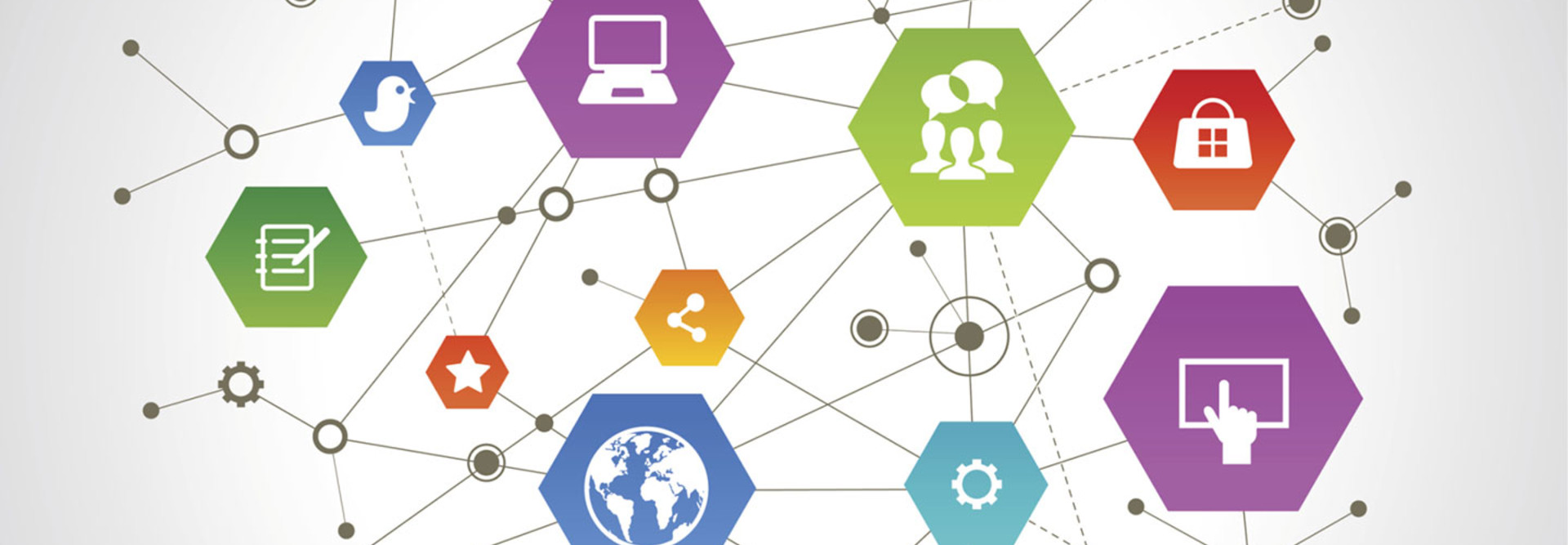Achieving the Full Potential of the Internet of Things
In 2012, there were 8.7 billion “things” — from home automation devices to advanced manufacturing robotics — connected to each other through the Internet. That’s a remarkable number, but nothing compared with what lies ahead: In five years, we can expect 50 billion devices to be connected. While this flood of data will drive incredible economic and societal opportunities, it’s sure to raise some regulatory and consumer protection questions.
The Internet of Things (IoT) refers to the continuous exchange of information between an ever-increasing number of devices, sensors, computers and networks using the Internet, enabled by people as well as machine-to-machine communications. As nearly every device becomes interconnected and our ability to analyze the data generated by these connections rapidly grows, decisions will become faster and more efficient, healthcare delivery will improve, communities will reduce traffic and accidents, home environments will become safer and more comfortable, and so much more.
Governments should be very cautious about pursuing IoT-related policies at this critical point in its development. If they do, they should only consider competitive, vendor-neutral initiatives for IoT creation and deployment. Putting the government in the position of choosing which companies or technologies to favor will inhibit the investment and innovation that has allowed the IoT to progress so quickly.
Estimated U.S. machine-to-machine services spending in 2015
SOURCE: Telecommunications Industry Association, “2014–2017 ICT Market Review and Forecast,” July 2014
Standards and Security Matter
Industry-driven technical standards that enable reliability and interoperability also play an essential role in delivering on the promise of the IoT. That’s why the Telecommunications Industry Association is a founding member of the oneM2M coalition to develop universal technical standards to ensure device interoperability. Policymakers and regulators must recognize the importance of — and work to further — the use of global voluntary, open and consensus-based standards for IoT technologies and services.
Although government and businesses are anxious to embrace the full economic and innovative potential of the IoT, the management of the data generated by all of these devices may raise security and privacy questions. To tackle these concerns, governments should prioritize consumer education, rely on existing and accepted best practices and standards, and work closely with the private sector.
As both the number and complexity of cyberattacks grow, public-private collaboration will be needed to address emerging threats and spur organizations to invest in appropriate IT security protection. A public-private model can quickly evolve to meet ever-changing threats.
The IoT holds unprecedented potential for positive innovation across all facets of society and related improvements in countless aspects of everyday consumer and business activities. At the same time, these initiatives drive incredible economic opportunity. The IoT is expected to generate global revenues of $8.9 trillion by 2020.
If governments work collaboratively with the technology partners that are leading the IoT revolution — and are vigilant to avoid heavy-handed or inflexible regulations that inhibit investment and innovation — we very well may realize the enormous economic, societal and technological potential of the IoT.









